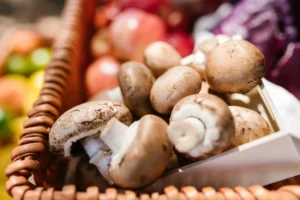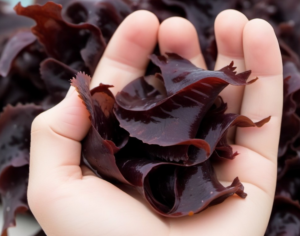Seaweed, to those who are not familiar with this, is often referred to as the vegetable of the sea. It is quite a staple in Southeast Asia and other warm regions. Cultivation of seaweed has gained a lot of traction and is a very rewardable conquest. This process can be and is very sustainable and is gaining popularity.
Understanding Organic Seaweed
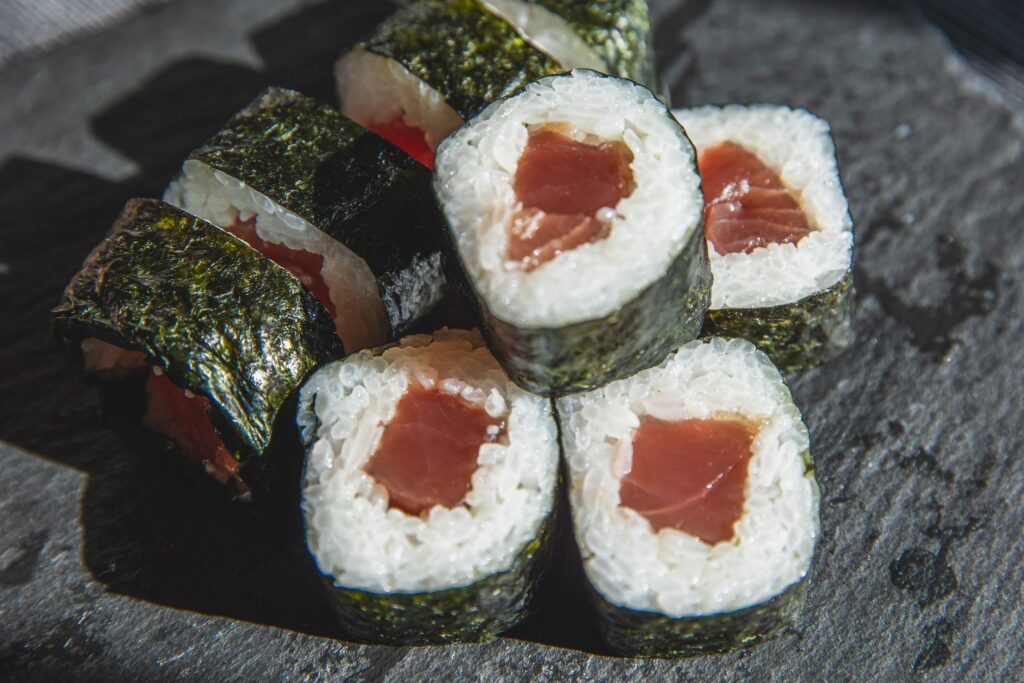
Organic seaweed, just like organic mushrooms, is farmed by following organic farming practices in mind. This means that the cultivation process adheres to strict guidelines that prioritize sustainability, biodiversity, and the exclusion of synthetic chemicals. Organic seaweed farming not only produces a very pure product but also ensures that the effect on the marine exosystem is minimal.
The Benefits of Organic Seaweed
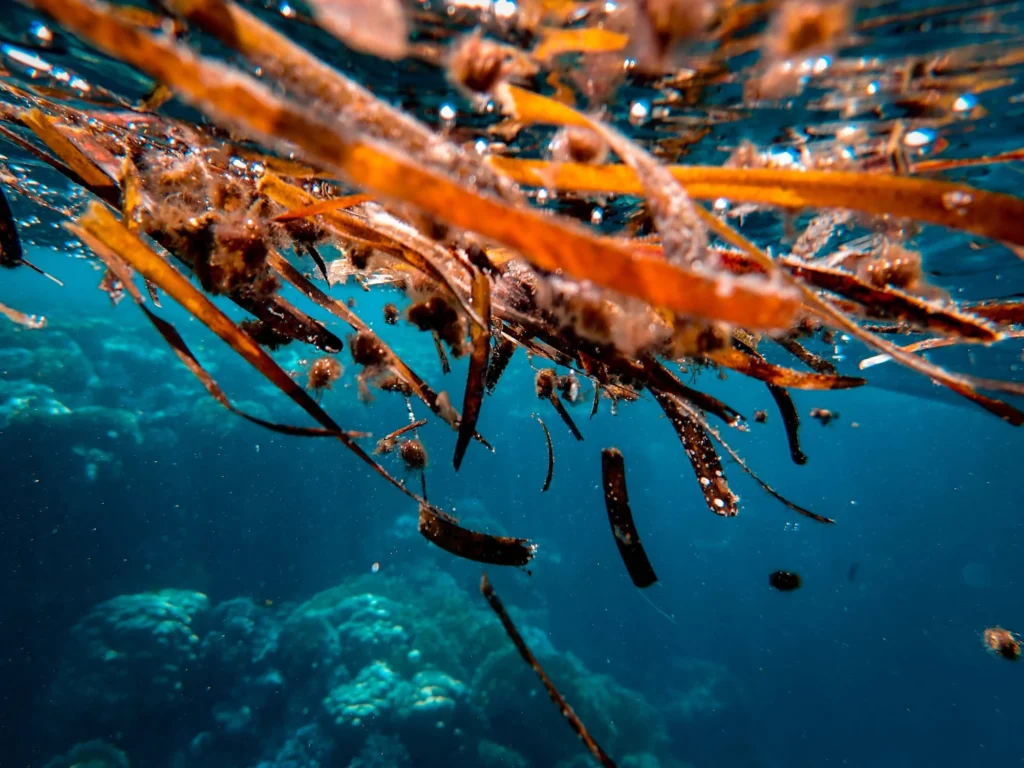
- Nutritional Powerhouse: Organic seaweed is rich in essential vitamins and minerals, including iodine, calcium, and vitamins A and C. It’s also a source of unique bioactive compounds which are used in medicinal research.
- Sustainable Farming: Organic seaweed farming encourages the sustainability of the marine ecosystem. They act as natural filters of water and absorb excess carbon dioxide and nutrients present in the water body.
- Low Environmental Impact: The biggest harm from non-organic seaweed farming is that it heavily relies on synthetic chemicals and fertilizers, which although do give a good yield, end up leaving a bad impact on aquatic life such as fish and other sea organisms, which eventually end up in our seafood.
- Versatile Culinary Uses: Seaweed has a long history of culinary use in various cuisines around the world. It is regularly used in salads, soups, and sushi, and even used as a seasoning in the form of seaweed flakes or powder. Roasted Seaweeds are a very delicious snack that is quite popular.
Cultivating Organic Seaweed
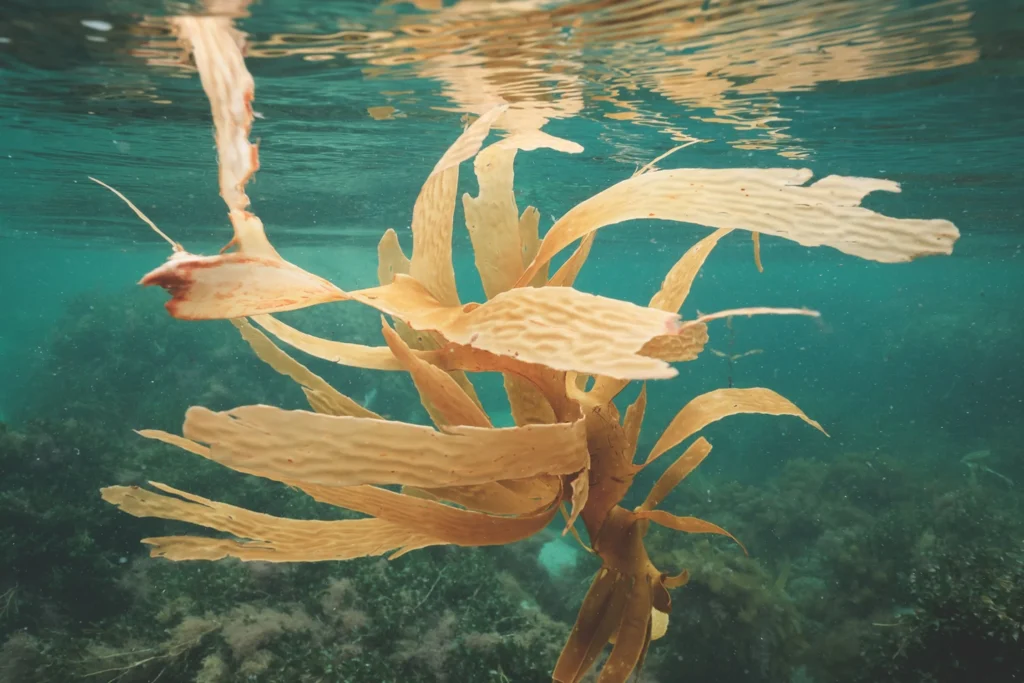
Cultivating organic seaweed is a sustainable and rewarding endeavor. Here are the very basic steps to get you started:
1. Site Selection: You will need a sea-like area to cultivate seaweed (obviously), you can start from anywhere in your region. Make sure that the water body is not very polluted or is adjunct to an industrial outlet. Also, make sure to check with your local authority for the rules and regulations.
2. Seaweed Species: There are quite a few varieties of seaweed to choose from. Common choices include nori, wakame, dulse, and kelp, among others. While going into the details of each of these is beyond the scope of this article, you will need to select the one that is very suitable for the type of water body you plan to cultivate.
3. Sustainable Practices: You will need a whole host of organic fertilizers as well. A few of these are made from fish emulsion and/or manure, although we believe that you won’t need it that much if you don’t plan on cultivating on a large scale.
4. Monitoring: Keep monitoring the water body to check for any anomalies, sometimes abrupt and strong tides can have a negative impact on the plants.
5. Harvesting: Harvest your seaweed at the right maturity stage to ensure the best flavor and nutritional content.
6. Utilization: Once harvested, you can enjoy it in your meals, or even sell it in your local marketplace.
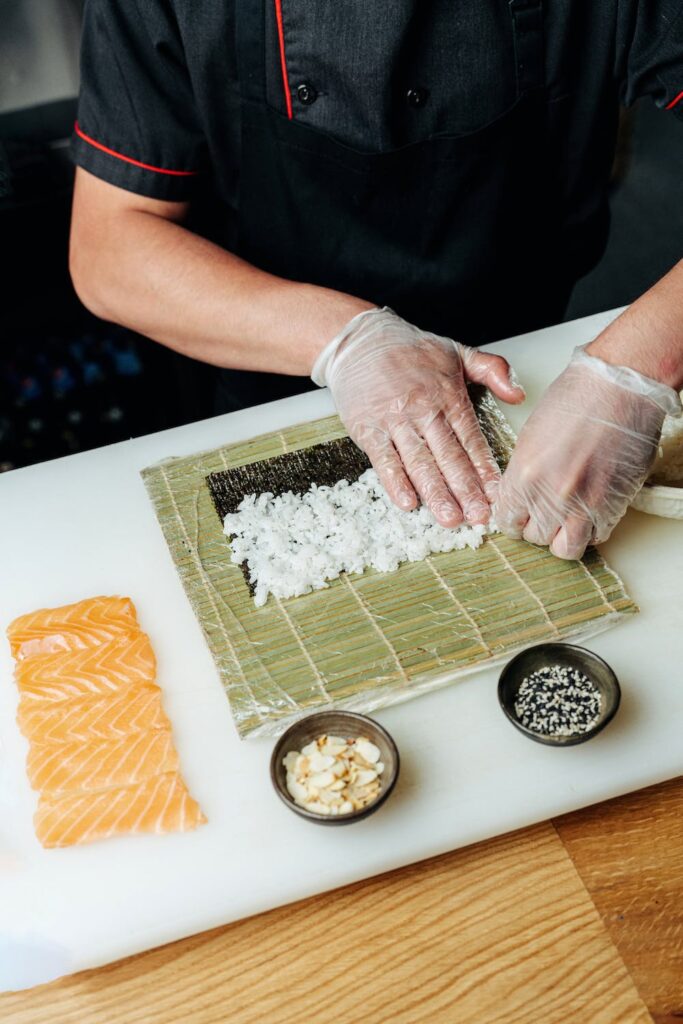
Organic seaweed is a gem of a food with a whole host of nutrients and can be very sustainable farmed. By following organic cultivation practices, you can not only enjoy the health benefits of this sea vegetable but also contribute to the well-being of our oceans and coastal environments. Hope this article inspires you to take yet another sustainable step towards better health and an environment.
